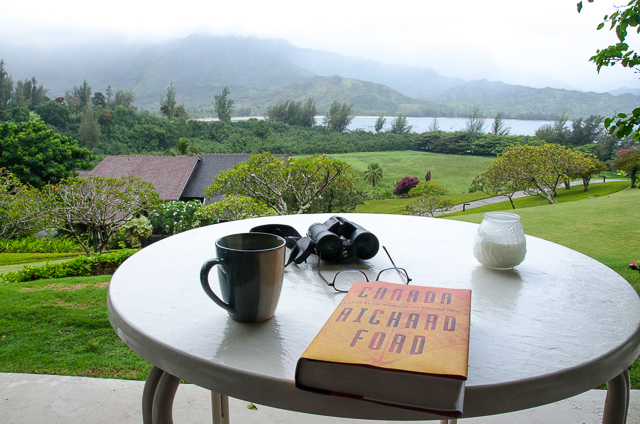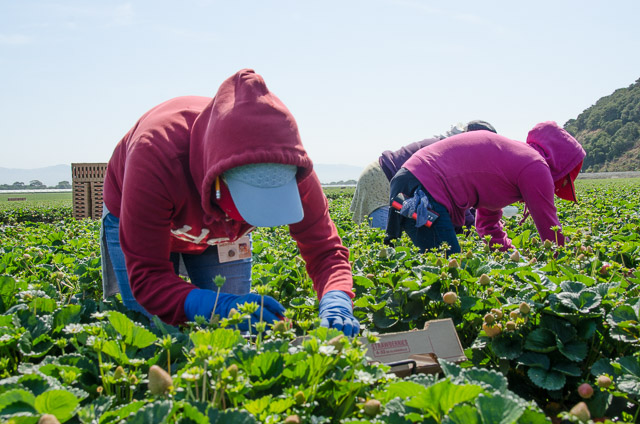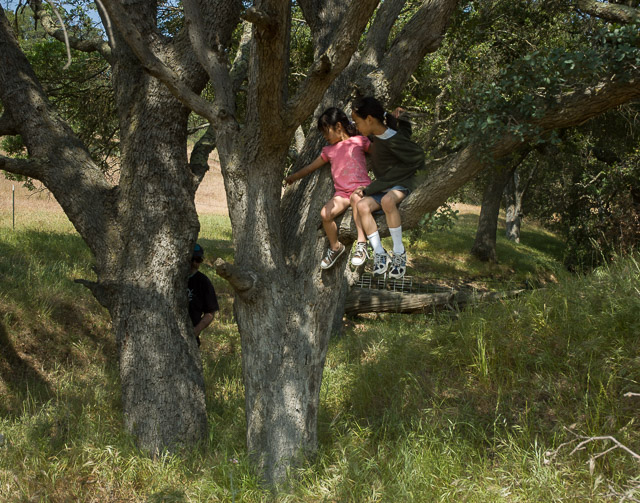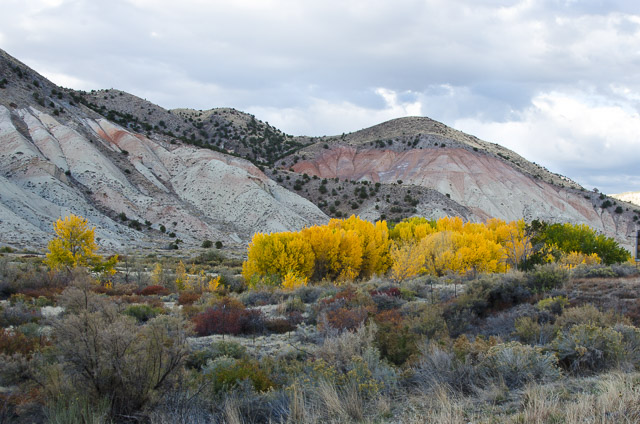The time is 8:42 here at KURK, and we’ll get right back to “Soundstreams” in just a moment, but first we want to take a moment to talk about KURK, your public radio station for the greater Downbridge-Scallion metro area. You the people support your public radio station, and you trust it. Trust is important. We are responsible to you, our listeners.
That’s right, Mark. Remember, KURK is where you find such great shows as “NewsVoice,” “Talking Trash” and “Captain Walcott’s Down Home Atonal Music Hour,” plus our local news program “Dateline: Homefront”. These shows bring you the best in information and culture, all guided not by commercial concerns but by the ideas and tastes of our listeners. With your pledge of $50, $100 or more, let us know what programs you like, and what you’d like to hear more of going forward.
That’s right, Nancy, and if you call with the next, uh, 16 minutes, right Nancy?
That’s right. I guess I’ll have to be the timekeeper here.
(Both laugh)
In the next 16 minutes, if you call 1-800-GO-KURK and make a pledge of at least $100, or just $10 in 12 monthly payments, you’ll receive our CDC-approved Bio-Danger Kit, which is all you’ll need to survive an out-of-control super-virus. Whenever people are falling in the gutters with blood streaming out of their eyes, you’ll be safe at home with your family, breathing filtered air and eating narcotics-infused power bars.
I’ve eaten one. Yummy!

I see we’ve gotten one call. We’ve got some eager volunteers just waiting for you. And speaking of our volunteers, our thanks to the National Coffee Company, Connie’s Useful Pastries, Josiah Perlmutter’s Instant Breakfast Eggs, and The Pickled Fruits Basket, which sends the best in sour peaches, salted figs and brined bananas to needy families all over your local area. And thanks too to Cleveland Office Furniture, A&M Draperies and Bolsters, Mama’s Lighting Fixtures and the Tenafly Door Company for their generous help in getting our studios fixed up. We trusted them, the way you trust us. Trust is generously funded by Biscuit, the on-line money extender company.
And thanks to them, we can remain ad-free, always. But radio programming isn’t cheap. We have to pay National Liberal Radio for many of your favorite shows, including “Breakfast News,” “Midday News” and “News for Driving Home in Your Single-Occupancy Vehicle.” And that money comes from you, our listeners. We need you to keep us afloat during these difficult times. Mark?
And thanks too to our generous underwriters, including Castaneda Bio-Industries, making America great again through responsible cloning techniques; Klapman, providing security solutions for a changing world; PeaceWork, offering compassionate mercenaries to nations in stress; and QinTip, the first totally soluble art technology. Thanks too to Ragtop, the world’s first all-conifer energy source; Granular Partners, specializing in wireless brain-to-brain devices; BioMediClean, protecting to you from climate-generated hysteria; and Hill, Dale, Friedman and Fong, your first call when you’ve been taken away in handcuffs.

Mark, as I walked to work today…
Nancy, it was raining.
God knows I’m aware of that, Mark. But I like to save money wherever I can, so I can give back at least 50 per cent of my salary. Public radio has done so much good for so many people. A friend of mine with a serious Hello Kitty addiction problem listened to “On The Couch” (Saturday mornings at 2 a.m.) and was entirely cured, praise goddess. So I like to give back, and I hope our listeners will too at 1-800-GO-KURK. Give more than you can.
Nancy, I bring toilet paper from home, just to help out. We’re so poor around here, we’re lucky to get our $50 salary subsidy from Danielson Industries, putting the “you” in “unit” since 1954. And thanks too for this lovely croissant, from the guy who’s been stalking me for 18 months.
Volunteers are standing by, but let’s go to Sunny Flowers for a traffic report at 10 minutes before the hour.
Nancy, shit is out of control here.
Thanks, Sunny. We haven’t mentioned our premium gift at the $360 level. It’s a four-DVD set of the popular British comedy “Put ‘Er In There, Guv.” This hilarious romp that riveted a generation of viewers in the 1980s is now available to you at home, with special commentary from Jimmy “Bunny” Speaker, who played the rascally Squirt in this comedy about tenant farmers in 1930s Yorkshire, with English language subtitles.
And, Nancy, at the $680 level, we have an autographed copy of “Secrets of Greenwashing: Cashing in on the Clean Water Fad.” This book, which retails for $3000 (it’s printed in solid gold letters), is made entirely from vegetable-like products, guaranteed gluten free, non-GMO and organic, from PlanetLove Books. Become a billionaire and support your local public radio station.

Only two more minutes until “Soundstreams” returns, including a report on the Nova Scotia artisan who creates saxophones out of driftwood and gull guano, plus all the day’s news. We have a goal this hour of $1000, and so far we’re just a wee bit short. The last three phone calls have been from a home security company, a drapery cleaning firm, and a man named Harry wanting a volunteer to join him in Jane Austen cosplay. So that makes us $1000 short, and we’re in danger of losing our matched grant from White & Putz, a legal entity specializing in barratry and misprision.
Remember: Without you, we would be as nothing. We would be eyeless slugs creeping along the floor of the sea. Only you can save us from a life of misery and abandonment. So please call 1-800-GO-KURK and help us help you. “Soundstreams” is presented by a generous grant from Badboyz, providing clothes for the active intellectual, and from Gasper, the app that lets you connect with other smokers in your area.
The time is 9:00. The time is brought to you by Clocks Unlimited. Did you know the correct time can change the world?
___________
On another note entirely: Jon Carroll Prose and associated entities is going to New York for 10 days, so next week will be barren at this fine blog. You can go back and catch up on posts you missed, or you could turn off the computer and revel in the beauty of the world. Entirely up to you.
See you in June.




